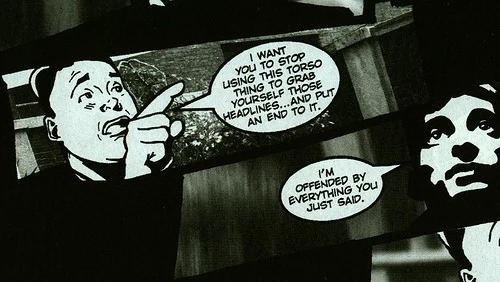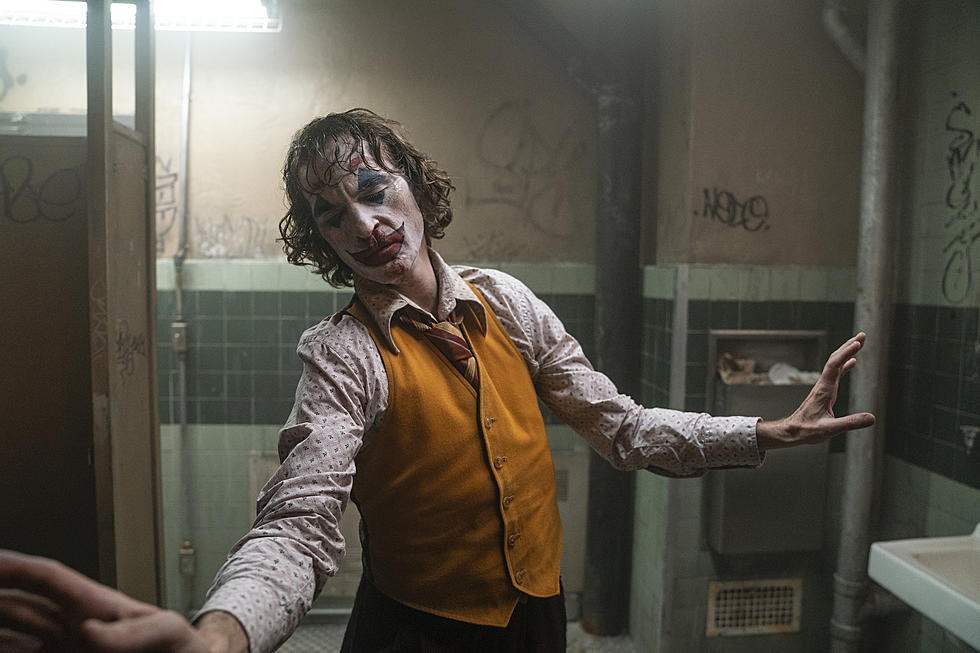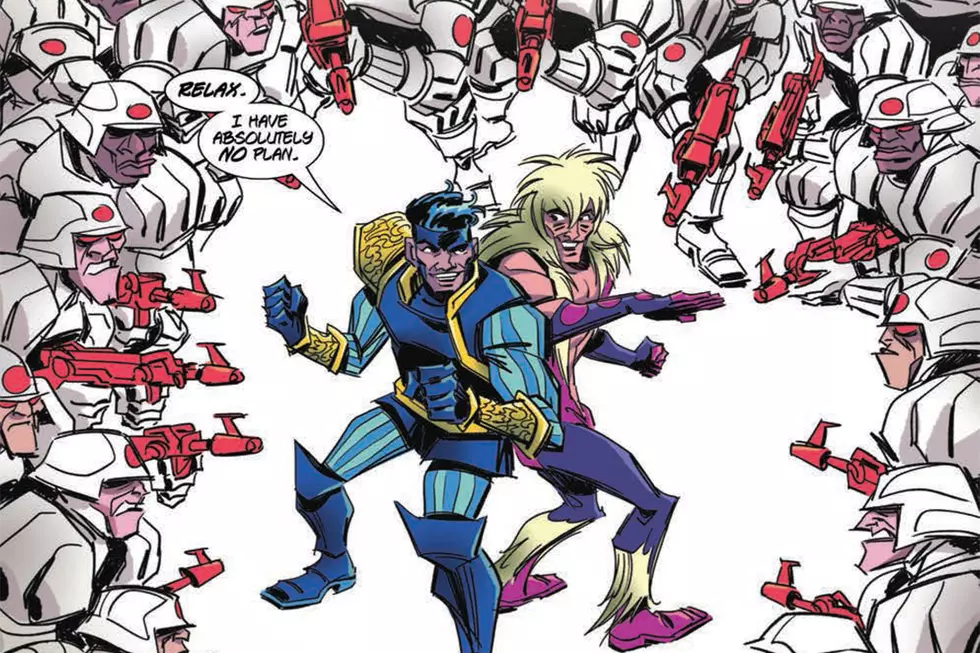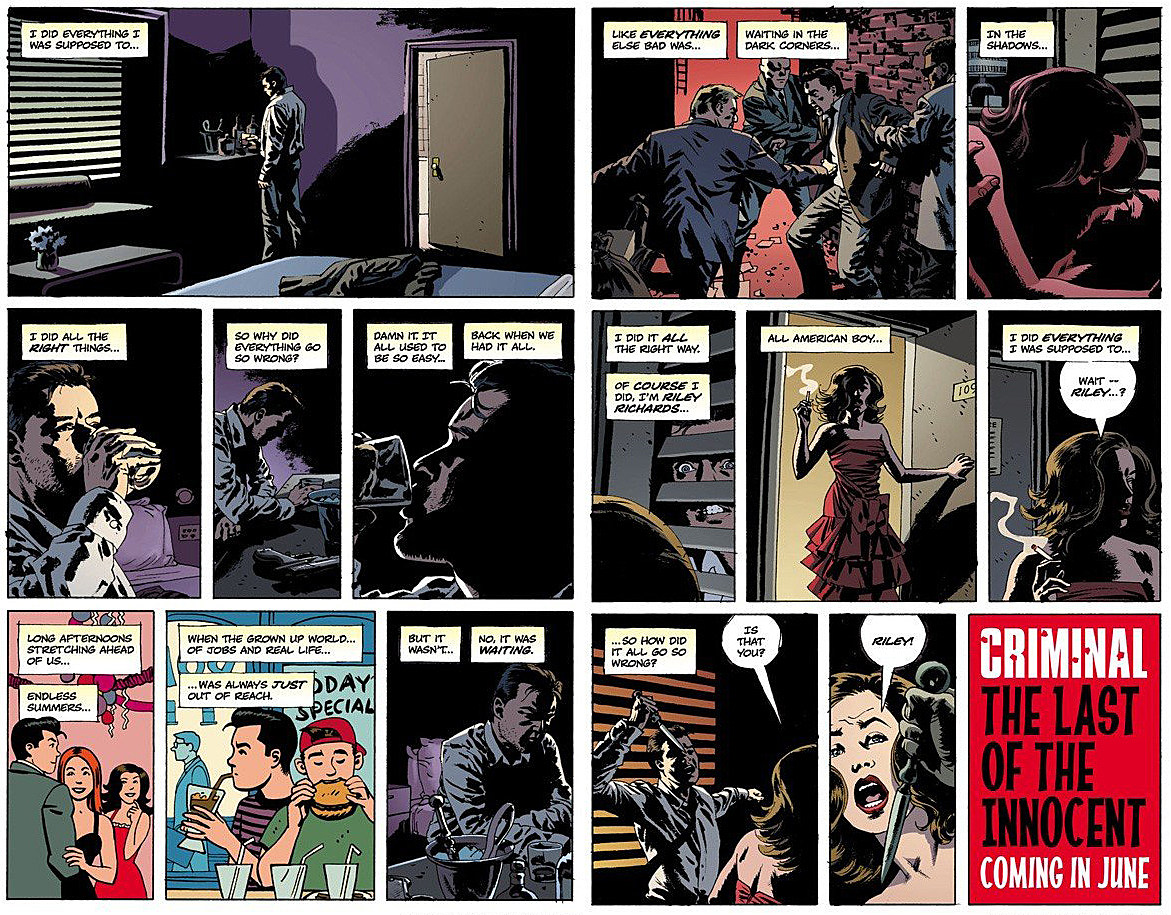
8 of the Best Noir Comics: Crime Does Pay

With last week's release of L.A. Noire -- the latest blockbuster video game from Grand Theft Auto creators Rockstar Games -- there's been a sudden spike in interest in hard-boiled crime stories. Stand-up tough-guys dealing with corruption and vice, faithless lovers plotting murderous betrayals, and twisted secrets dragged into the light? Who wouldn't want to see more of that stuff?
And fortunately, those are all things that comics do very well. They may have been eclipsed by super-heroes, but comics and crime have gone together ever since EC comics put two staples into their books. Even the first adult-oriented graphic novel -- Arnold Drake, Leslie Waller and Matt Baker's It Rhymes With Lust -- was a noir-inspired crime story. So if you've been spending a little time tooling around Los Angeles in 1947 with detective Cole Phelps and found yourself wanting for more, ComicsAlliance has you covered. Today, we've picked out a few of Our All-Time Favorite Noir Comics!


Of all the super-heroes we know and love, Batman lends himself better than anyone to the classic '40s detective story, largely because he's a direct descendant of the hard-boiled pulp characters that defined the genre. In Batman: Gotham Noir, however, the title character takes a back seat while the action focuses on an alternate universe version of Jim Gordon, former cop turned private eye.
Gotham Noir was the first collaboration between Ed Brubaker and Sean Phillips -- two guys you'll be seeing again on this list -- and it's pretty clear that Brubaker's having a lot of fun with the concept right from the start. He and Phillips load this thing up with '40s crime cliches, to the point where the story actually begins when a Gordon's former lover shows up in his office in a clingy red dress:

But rather than just falling into a pastiche of a hard-luck snoop talking tough and getting punched out for his trouble (which definitely does happen), Brubaker and Phllips put all those elements together with an incredible skill. The core of the story is Gordon himself, traumatized by the horrors of war and trying to redeem himself after the latest in a string of mistakes, and while Batman is in it -- along with noir-style takes on Two Face, Catwoman and the Joker -- he's a background character who berates Gordon for his failure as much as he assists him, living up to his title as the "weird figure of the night."
It ends up as one of the best Elseworlds comics ever printed, and it led to some truly incredible work from the creative team that came after.


Since Gotham Noir, Brubaker and Phillips have teamed up for some incredible work on Incognito and Sleeper (both well worth checking out for fans of super-hero crime stories) but they rarely get better than in their current Eisner-winning epic, Criminal.
With each arc, Criminal focuses on a different story of crime and violence, from triple-crossing heists to bloody, brutal stories of revenge. They're all interconnected in an engaging, detailed underworld web of crooks, where everyone's bad, but some are far worse than others.
The stories themselves are incredible, but if you can track down the individual issues rather than the paperbacks, there's another great element to it. In addition to the comic, each issue features a review of a film that influenced the book, with new pieces from Phillips that illustrate columns by Brubaker, Patton Oswalt, Steven Grant, Warren Ellis, Matt Fraction and more.
It's great stuff, and in a nice bit of timing, the first issue of the next series -- Last of the Innocents -- hits stores next Wednesday.


Okay, okay, just one more Ed Brubaker comic and then I'll move on. Believe it or not, there are other crime writers in comics.
I have to admit, though, there are very few who did it better than he and Greg Rucka did along with artist Michael Lark and Stefano Gaudiano did in DC's Gotham Central, which focused on the police of Gotham City and what the lives of non-powered police officers were like in a world full of freeze rays and vengeful super-villains and In its three year run, it was the most consistently great comic that DC published, and unquestionably the best police procedural in comics. And considering it's up against books like Paul Grist's Kane -- another incredible story that noir fans should be checking out -- that's saying something.
There's not a bad story in the bunch, but the standout for me was "Soft Targets," which ranks as one of the best Joker stories of all time. Before The Dark Knight put the same images on the big screen, Brubaker, Rucka and Lark showed how the cops could deal with a fearful engine of chaos who regarded them as less than pawns in his battle against Batman, and the lengths they'd go to try to stop him themselves.

That underscores another great element of the book, too: Despite nominally being a Batman title and featuring characters on the right side of the law, the relationship between the GCPD and Batman is portrayed as a very adversarial one. The cops don't like having to rely on a vigilante to keep order in Gotham, and the fact that super-villains as dark as Batman's rogues would have profound effects on normal people is something the book explores beautifully.
The series is currently being collected in hardcover, and it's well worth picking up.


Speaking of police procedurals with a twist, we have Warren Ellis and Ben Templesmith's Fell. The story follows the title character, Detective Richard Fell, a cop who did the right thing against his superiors' wishes and was rewarded for his trouble by being exiled to Snowtown, an urban nightmare of a suburb where every fetish of the Internet lurks around the corner, waiting to blossom into a murder.
Ellis's scripts are loaded with his signature dark humor, even in the issues that portray genuinely disturbing crimes. Over the course of eight issues, Fell deals with a series of bizarre crimes ranging from poisoned enemas to suicide bombers to weaponized bananas. That's just the way it is in Snowtown.

At its heart, though, it's the classic archetype of one good man standing against an entire corrupted world, driven to enforce some kind of order on the world, without support and occasionally snapping the law in half in favor of enforcing his own sort of justice.

It's easily my favorite of Ellis's comics. One word of warning, though: While he and Templesmith cram an incredible amount of story into each 16-page comic by laying it out on a nine-panel grid, it's extremely likely that the 8 issues they've done are going to leave you wanting more.


Co-written and drawn by Brian Michael Bendis -- a writer some of you may have heard of -- with Marc Andreyko, Torso is a little different from the other entries on this list. For one thing, it's far less noir-inspired than the others, and for another, it's based on a true story.
Of course, it's the kind of true story that if you didn't know it was true, you'd swear someone was making it up: After five years spent working to bring down Al Capone, Elliot Ness moved to Cleveland where he was confronted with one of America's first serial killers, a mass murderer who took the heads and hands of his victims so that he couldn't be identified. Seriously: Elliot Ness against an American Jack the Ripper. It would be on the level of Dracula vs. Sherlock Holmes, if it hadn't actually happened.
But it did, and Bendis and Andreyko piece the facts of the case together for an engaging and -- unsurprisingly -- genuinely creepy story.

Along with other (more fictional) crime comics like Fire and Goldfish, Torso's one of Bendis's early works, and looking back from the present where he's the top writer at Marvel, it's pretty interesting to see how much of his style was in place over a decade ago. The dialogue tics are all there, and hey, you know that double-page spread of talking heads that shows up in everything from Powers to Avengers?

Yup.
But the substance is there too, and there's some great work here that takes those creepy, fascinating facts and builds an impressive set of characters around them.


Most everything the legendary Frank Miller has done in his career has had some element of noir to it, from the gritty crime and love gone bad of Daredevil to the one-honest-cop Jim Gordon half of Batman: Year One. In Sin City, however, he takes those hard-boiled cliches, cranks them up to eleven, then breaks off the knob so that they can never go any lower.

The world of Sin City is taken to the extreme in pretty much every way, from characters that get shot in the face and only come back angrier to an army of gun-toting "warrior goddess valkyrie" hookers living in a world that's figuratively, morally and literally black-and-white, where people are too busy being total badasses for any concept of subtlety. I mean, there's a story called "That Yellow Bastard" where the bastard in question is both cowardly and actually yellow. It's a hoot.
If Mickey Spillane had ever been dosed with PCP, he would probably still think Sin City was a little violent, and it is. But it's also highly entertainng.

This is the first page of Richard Stark's Parker: The Hunter:

And nothing really says it better than that.
When it comes to crime fiction, very few things have the pedigree of the Parker novels, written by Donald Westlake under the pseudonym of Richard Stark. The Hunter alone has been adapted into film three times -- including the 1967 classic Point Blank, starring Lee Marvin -- and Darwyn Cooke's adaptations of The Hunter and The Outfit are two of my favorite graphic novels of all time.
Parker himself is one of the icons of noir storytelling. He's a stone-cold, implacable, unstoppable killer who still abides by a strict, if skewed moral code, and Cooke's stylish take on his world and his casual ruthlessness makes for an incredible read.

Of course, it doesn't hurt that the books are beautifully drawn, especially the sequence in The Outfit where he renders four different heists in four different art styles that are each still evocative of the slick '60s aesthetic he's going for. It's the genuine article, folks, and one of the all-time best.
The hardcovers themselves are well-designed works of art, but The Hunter and The Outfit are also available digitally through IDW's iPad app.


Finally, if you just can't wait to get to the comic book store to read through a great comic, Kevin Church and T.J. Kirsch's She Died In Terrebonne is available in its entirety on the web, with a deluxe print collection on the way soon.
Set in the '70s, Terrebonne is nominally a murder mystery, but as is often the case with noir stories, the focus is more about characters. Specifically, Church plays with the idea of the traditional role fo the hero as an outsider by dropping the smarmy Sam Kimimura into a mess of small-town secrets that some people think are worth killing to keep.

There's a slick production to the strip -- and especially Kirsch's art -- that mirrors the serialized nature of old newspaper mysteries in structure, with a constant string of engaging cliffhangers marking the beats of the story. It's worth checking out,and in addition to the webcomic format, it's also available to download digitally with an eight-page prequel of Kimimura's time as a cop.
What are your favorite noir comics?
More From ComicsAlliance






![All The Image Comics Announcements From Emerald City Comic Con [ECCC ’17]](http://townsquare.media/site/622/files/2017/03/Image-Featured.png?w=980&q=75)



